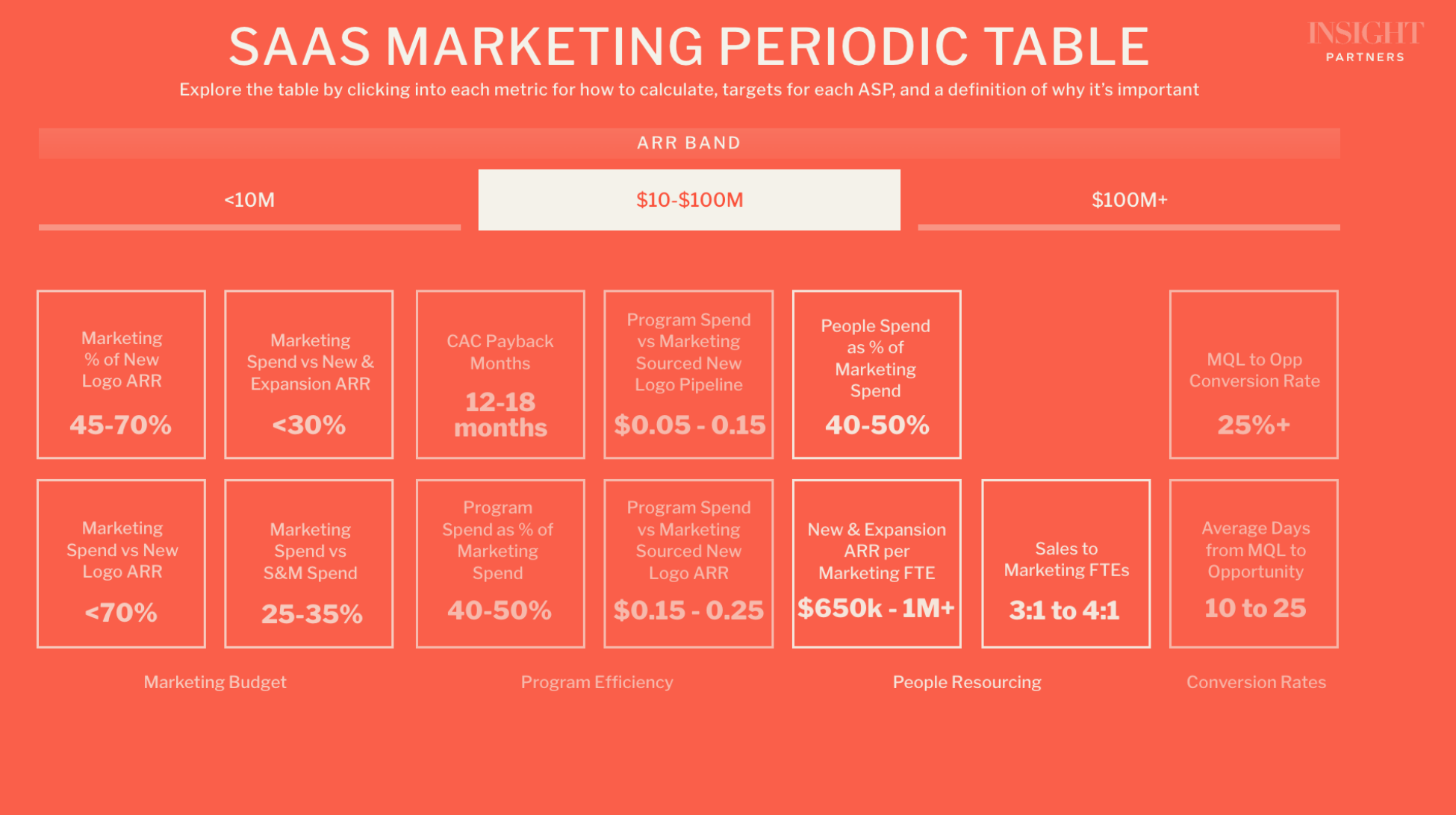The state of climate tech: 2024 and beyond
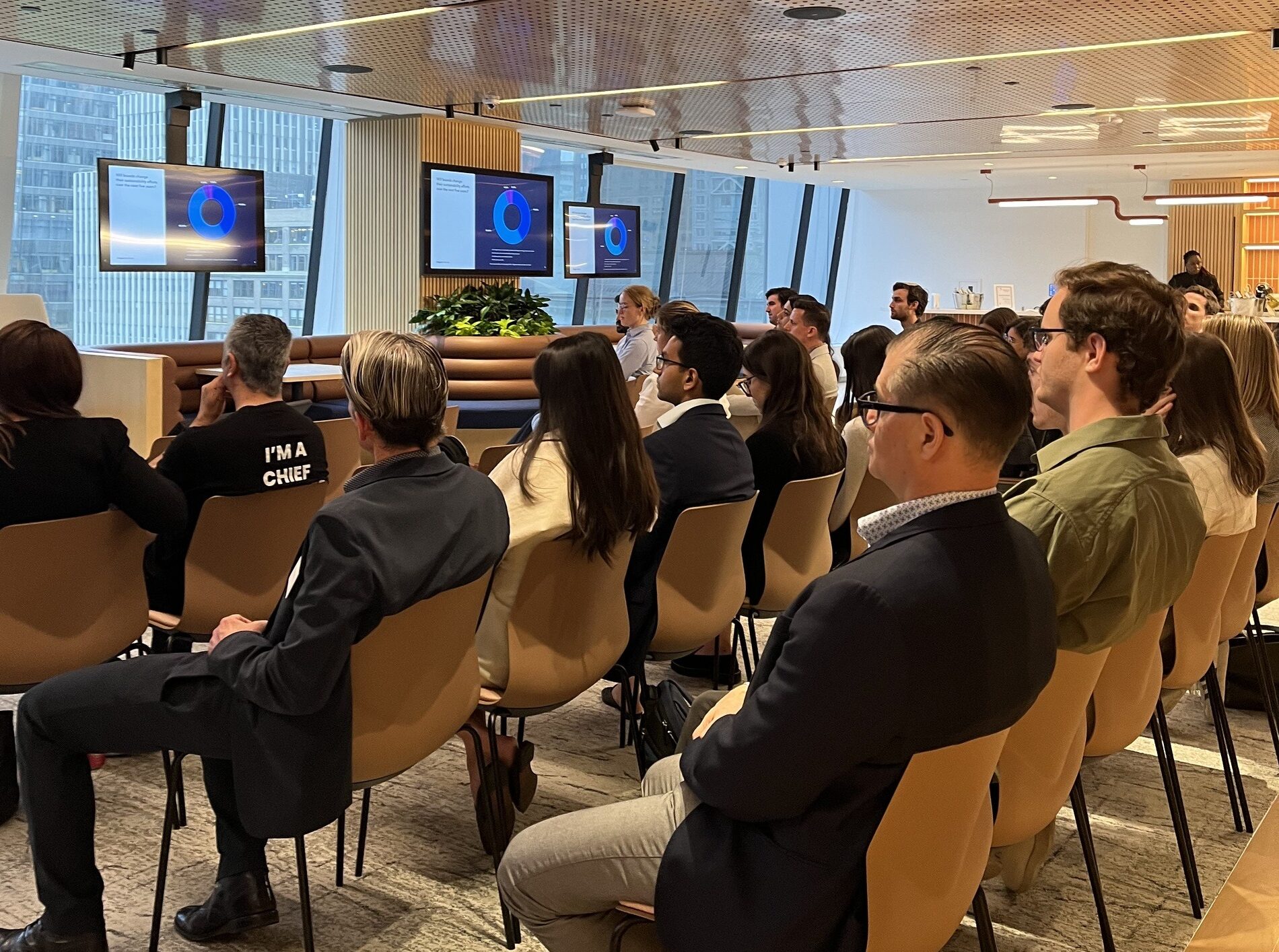
With global temperatures at an all-time high and $82B of dry powder earmarked for the climate, what are the implications for climatetech’s future? Climate change creates many of the biggest risks enterprises face in the 21st century, and Fortune 500 companies are increasingly leveraging software to manage their climate risks:
- Agricultural weather risk
- Property weather risk
- Carbon investment risk
- Grid strain risk
- Emissions reporting risk
Leaders across the climate tech industry — Sylvera‘s Allister Furey, Prisma Photonics‘ Eran Inbar, CoreLogic’s Devi Mateti, and Beewise‘s Saar Safra — shared their perspectives on the future of climate tech with Managing Director Deven Parekh and Senior Associate Madeleine Goldberg. Diligent‘s Nithya Das also spoke about how to bring ESG into the boardroom effectively. Parekh opened with discussing the five major risks CEOs and investors need to address in today’s landscape.
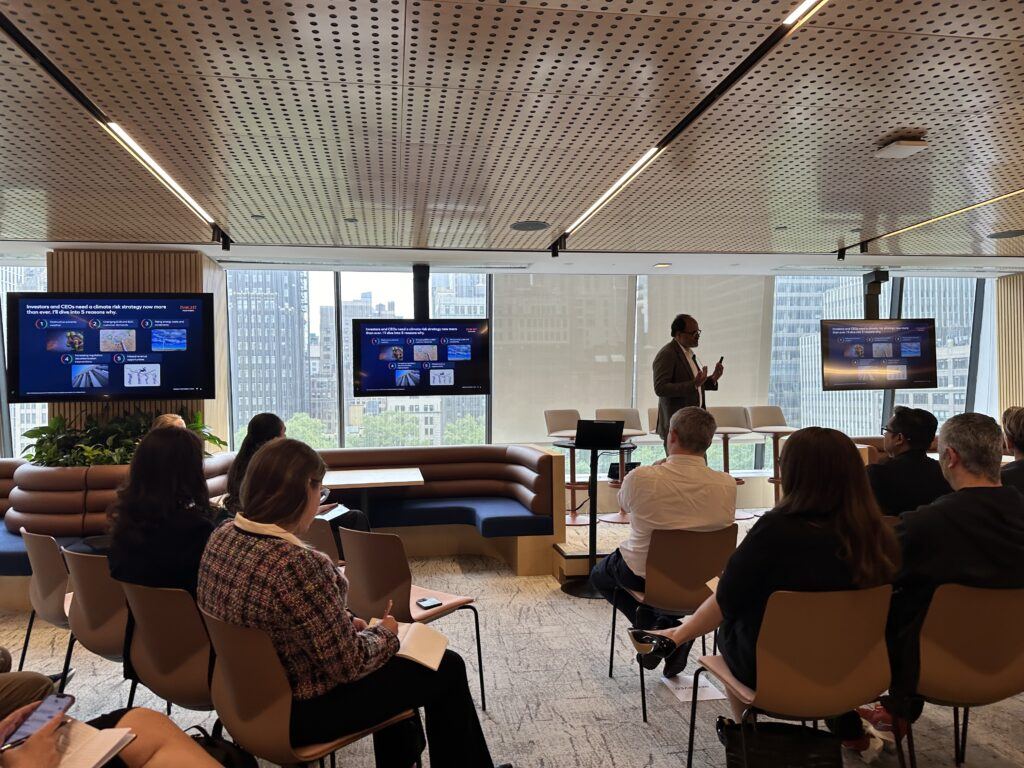
The panelists then discussed their companies’ roles in mitigating climate change, the challenges they face, and the regulatory environment in which they operate. The panelists also touched on the importance of AI in their work and how their customers are navigating current regulations.
Below is a recap of the key topics discussed.
Addressing the urgency of decarbonization
Furey emphasized the critical need for scaling carbon removal technologies to achieve net-zero emissions. He highlighted the convergence of carbon markets and the growing importance of accurate carbon measurement and data analytics in enabling effective carbon offsetting and investment decisions. Furey explained, “We serve both procurers of carbon instruments and investors. So on the buy side, what they’re trying to do is get ahead of their carbon commitments, their obligations under their net zero trajectory to execute on that.” He also highlighted the role of data and intelligence in managing these risks.
“In many ways, these regulations are progressive. But the big thing is, there’s still a lot of framework that needs to be replaced.”
The panelists also discussed the growing trend of companies setting their own ambitious emissions reduction targets, rather than waiting for government mandates. This proactive approach not only helps them stay ahead of potential regulations but also allows them to demonstrate their commitment to sustainability and attract conscious consumers and investors. As Mateti pointed out, “In many ways, these regulations are progressive. But the big thing is, there’s still a lot of framework that needs to be replaced.”
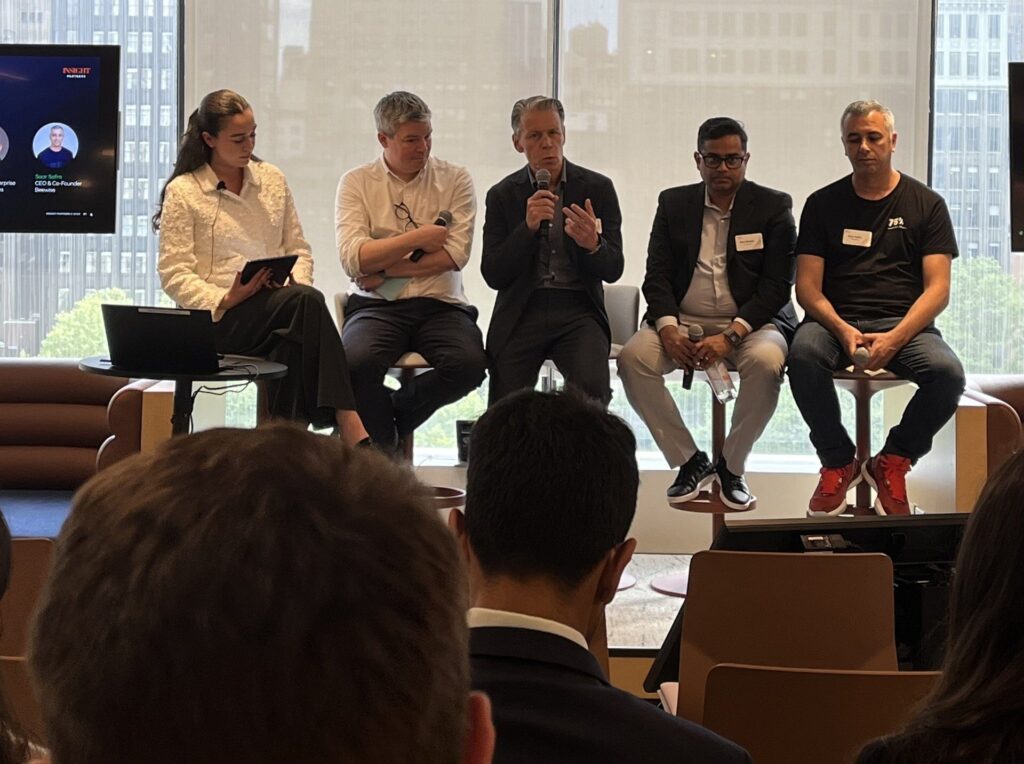
Enhancing grid resilience and capacity
Inbar discussed the challenges faced by utilities in meeting the increasing demand for reliable power amid climate-related events. As we transition toward more renewable energy sources, he explained that the issue is not the amount of renewable energy projects, but rather capacity. “For example, in the U.S. by itself, you have 10,000 renewable energy projects now that waiting in the queue to be connected to the grid. And you can say that, okay, let’s build a new transmission line that will take take probably 20 to 30 years, maybe more.”
He emphasized the importance of leveraging technology, such as fiber optics-based sensors, to monitor transmission lines and detect potential failures, thereby enhancing grid resilience and capacity. He explained that they’re trying to navigate three issues: the grid’s aging, the grid’s current capacity, and the increasing frequency of climate-related critical events, like wild fires and storms.
“We’re trying to extract the maximum capacity from the grid,” he explained.
Further reading: De-risking climate change with software: opportunities, challenges, and resources for innovation
Assessing climate risks in real estate
Mateti underscored the significance of assessing climate risks, such as flooding and wildfires, for the real estate industry. CoreLogic, most known for its presence in real estate, is taking a new approach to climate risk management, Mateti explained. CoreLogic looks at various “pedals” — drought, flooding, hurricanes — and assesses property risks today as well as thirty years in the future. The company assesses climate-related risks at the individual property level, providing valuable insights to real estate professionals, insurers, and lenders. CoreLogic’s analytics enable informed decision-making and help address the disproportionate impact of climate risks on vulnerable communities.
Protecting pollinators and the food supply
Safra shared insights into the critical role of pollinators, particularly bees, in the global food supply chain. He emphasized that the decline in bee populations poses a direct threat to the agricultural output and biodiversity essential for human survival. “For the last 150 years, the technology that has been used for pollination is a 150-year-old wooden box…And this is what pollinates 75% of the crop for 8 billion people.” Beewise’s robotic beehives and AI-driven technology offer a compelling example of how digital innovation can address ecological crises, highlighting the intersection between technology and natural ecosystem preservation.
“At Beewise, our mission is to save the bees. We’re here to save the planet,” Safra said. By addressing the decline in bee populations, his company aims to safeguard global food supply chains and mitigate the impacts of climate change on agriculture. He explained that the “aha” moment for customers arises when they have a much lower colony collapse compared to traditional beekeeping methods.
The role of regulation and policy
The panelists also discussed the regulatory landscape and its impact on their respective industries. From carbon markets and emission reduction targets to grid infrastructure and property insurance, regulatory frameworks play a pivotal role in shaping market dynamics and driving innovation in climate tech.
Mateti emphasized the critical importance of climate disclosures for public companies. He underscored how transparent reporting of climate-related risks and initiatives not only fosters investor confidence but also serves as a catalyst for driving meaningful action toward sustainability.
Inbar highlighted regulators’ pivotal role in driving innovation within the energy sector. “Instead of pitching to a customer what the problem is and how we solve it…we’re saying, ‘We will help you to comply with the regulator.’ The regulator eventually is the best person that you can have.” By fostering a conducive regulatory environment, Inbar emphasized, policymakers can accelerate the transition to renewable energy sources and mitigate the impacts of climate change on energy infrastructure. “Regulation in our case — it’s a huge tailwind,” Inbar explained.
“Regulation in our case — it’s a huge tailwind.”
Furey delved into the complex dynamics of carbon markets and the evolving regulatory frameworks governing carbon trading and offsetting. By navigating these regulatory frameworks effectively, businesses can unlock new revenue streams and contribute to the global transition to a low-carbon economy.
Looking ahead: The promise of AI and advanced analytics
Furey illuminated the critical issue of accurately measuring carbon in natural systems. He explained the challenges surrounding carbon measurement, emphasizing significant discrepancies in existing data. “We showed that we can capture data in field that allows us to train our machine learning models,” he said. “We can scalably bring those errors down from 10s of percent down to like a few a handful of percent.” He explained their team’s efforts in leveraging machine learning models to enhance data accuracy, facilitating better decision-making for governments, investors, and commercial entities.
Inbar provided insights into their project’s technical roadmap, offering a comparative analysis with traditional timelines for delivering value to customers. He highlighted the extensive process of infrastructure development and data collection as foundational steps in their journey.
Drawing from the housing sector, Mateti illustrated how advanced analytics enable precise identification of climate-related risks at a granular level. Mateti expressed optimism about the role of AI in enhancing resilience and safeguarding communities from climate-induced disasters. “I’m very hopeful that with better analytics, we can identify such things that will help everybody have more resilence.
“I’m very hopeful that with better analytics, we can identify such things that will help everybody have more resilence.”
Safra concluded the discussion by reflecting on the broader ecosystem supporting climate tech innovation. He acknowledged the vital role of talent, funding, and commitment from various stakeholders in driving meaningful change. He called for collective action from operators, investors, and advocates, underscoring the shared responsibility in combating climate change.
Taking ESG into the boardroom
Nithya Das discussed how corporate boards are now prioritizing ESG (environmental, social, and governance) factors. According to two annual reports released by Diligent — Sustainability in the Spotlight: Has ESG Lost Momentum in the Boardroom? and What Directors Think 2024 —ESG factors are now finding a place at the top of the board’s priorities.
“ESG is near the top of the board’s priorities for over a third of directors, with an additional 47% saying it’s somewhere in the middle of the board’s priority list.”
“ESG is near the top of the board’s priorities for over a third of directors, with an additional 47% saying it’s somewhere in the middle of the board’s priority list,” stated Das. Despite this, she cited the challenges directors face in overseeing climate and environmental risks, often due to uncertainties regarding SEC regulations.
She further emphasized that directors are seeking a clear connection between ESG factors and business strategy and the associated risks. This helps them understand the issues better and guides the company in prioritizing these topics. According to Das, the pressure to report on ESG progress isn’t just limited to public companies. Private companies are also experiencing pressure from various stakeholders, including investors, employees, and customers.
“About two-thirds of our respondents say they’re enhancing their ESG filings and disclosures. And while that’s lower for private companies at 37%, that’s still a lot for companies that previously we didn’t really see as being required to make any of these disclosures,” she explained.
She also pointed out that a third of respondents are seeking more information on education programs, and another third are looking to install monitoring solutions for ESG oversight.
“Over 90% of directors expect to have a continued or stronger focus on ESG in the next few years,” Das said. However, she also highlighted an interesting trend — as a result of the backlash, companies are talking less about their ESG progress externally. Despite the backlash against ESG, Das revealed that less than 4% of directors are actually changing what they’re doing as a result. The obstacles faced are primarily linked to prioritizing ESG against competing business and strategic priorities.
Nonetheless, Das maintains that this doesn’t mean the focus on ESG is reducing. In fact, she suggests that just because companies aren’t talking about it, doesn’t mean it’s not being discussed in the boardroom. The priority of ESG factors remains high among directors.
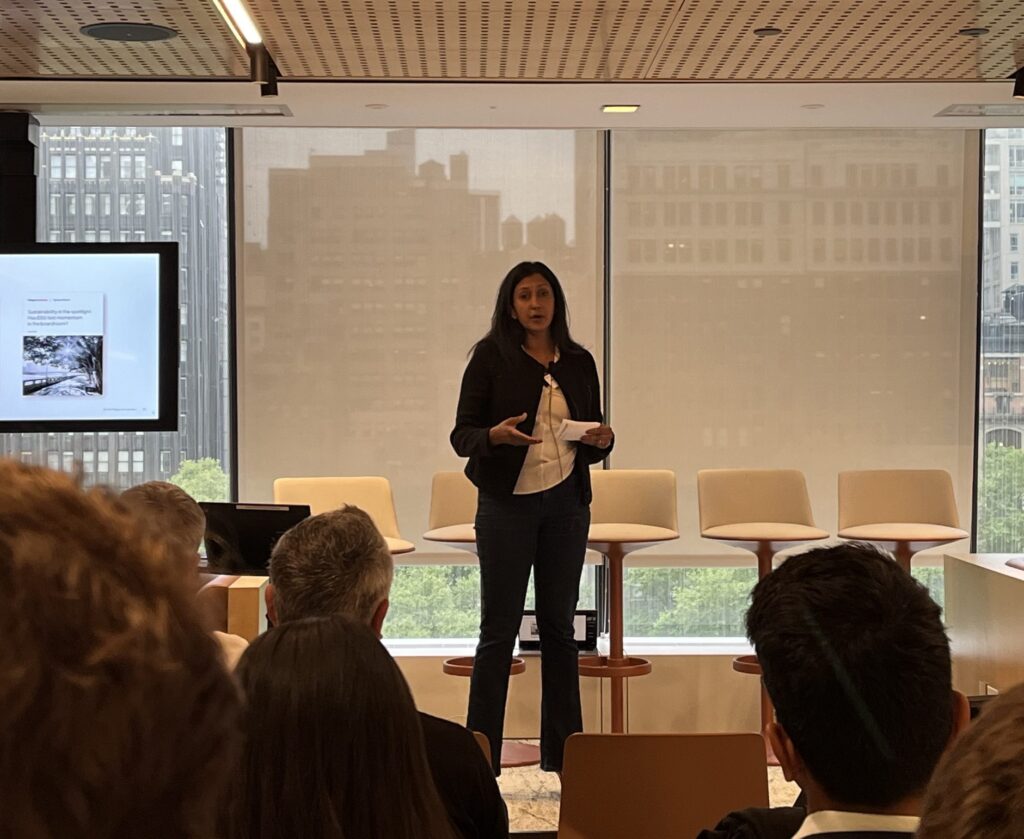
Insight has invested in Sylvera, Prisma Photonics, CoreLogic, Diligent, and Beewise.







